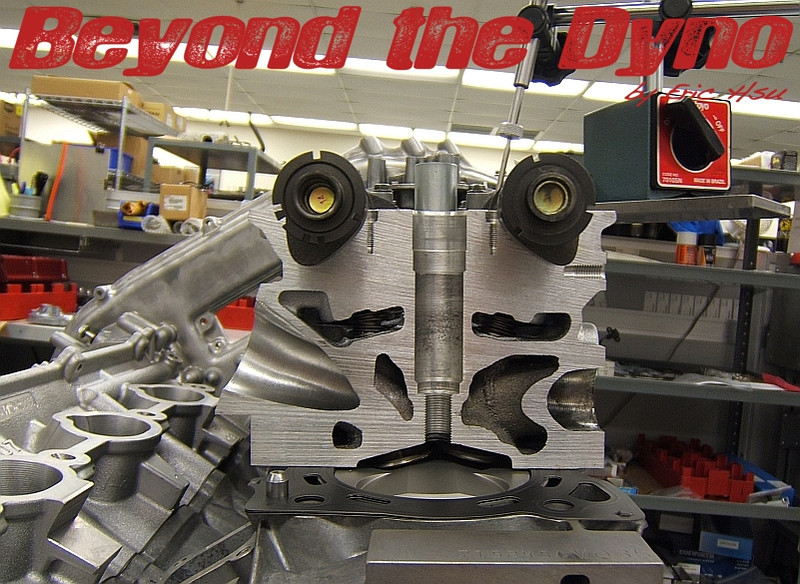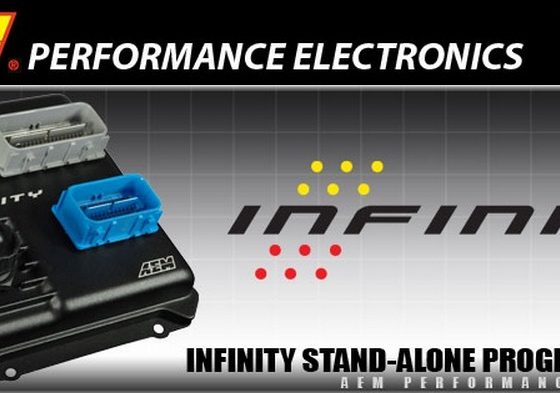,

After balancing, the crank was sent to WPC for their endurance racing crankshaft treatment. For this special treatment, extra time and special machine settings are used at the edges of each journal since this is where cracks tend to start and propagate from.

Here Magnus is teaching Katsu the tricks of honing a VQ35 block. Katsu is fairly new to block honing, but Magnus has been doing it for years and has developed a special technique for VQ35s. Actually, Magnus has found a blend of stones and grits to use for each type of engine he hones. So here's Magnus dropping some knowledge on VQ honing. Magnus is the only block machinist that I know that can get a bore within +/-.0003″ on all axes. After Katsu finish honing the block, it was sent to WPC for treating the bores with a special media intended for cylinder bores. I've always found that engines with WPC bores, rings, and ring lands start quicker, pull more vacuum at idle and cruise, have higher compression, and lower leak down. Is WPC magic? Yes, I think it might be and use it in all of my engines. WPC isn't cheap, but it's so worth it. I need to get me a WPC wand from Hogwarts…

The Cosworth VQ35DE shelf piston has the same deck clearance as a factory Nissan piston (~.016″). With the factory head gasket thickness of 0.63mm (.0248″), that yields a squish clearance of .0408″ or just over 1mm. This is already very aggressive for a production engine so Nissan was obviously after maximum combustion efficiency. In a high performance engine on shitty unleaded pump fuel, optimum squish is debatable. I've personally found that more power can be made by reducing squish on turbo engines on pump fuel; especially in big boost applications (e.g. just about any RB26 or 4G63). Sure the quality of combustion and emissions may be reduced with the elimination or reduction of squish, but boost and ignition advance has a way of making the dyno happy. Anyway, since this is a “low boost” race engine on E85 without detonation concerns, I opted for even less squish clearance by lengthening the connecting rod. I figured I could get away with this since we are controlling piston to cylinder wall clearance (and therefore piston rocking) and rod bearing oil clearances to avoid the pistons hitting the squish pads on the heads.


These are VQ35HR's cylinder block water inlets. Stock is on the left and I enlarged them considerably (on the right). As Mike previously wrote in an earlier story, I'm pretty crazy about water flow at the moment. Lyon, one of the Cosworth engine builders, always stressed to me the importance of water flow. I've also learned this in the engine programs I've been involved with during my tenure at Cosworth. Lyon was involved with several of the all dominating TRD IMSA turbo engines from the early 90's. Those examples he told me of water flow improvement was enough to convince me of the need to improve water flow in production engines. If you take a look at the water inlet of at VR38 and compare it to a VQ, your mouth will drop when you see how large a VR38's water inlets are in comparison. The VR and VQHR engines use the same water pump so the capacity is definitely there.

Of course if the goal is to improve water flow throughout the engine, then the water outlets at the rear of the heads also require attention. Stock is on the right and the ported one is on the left.



